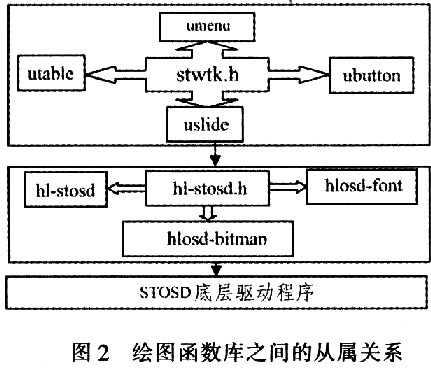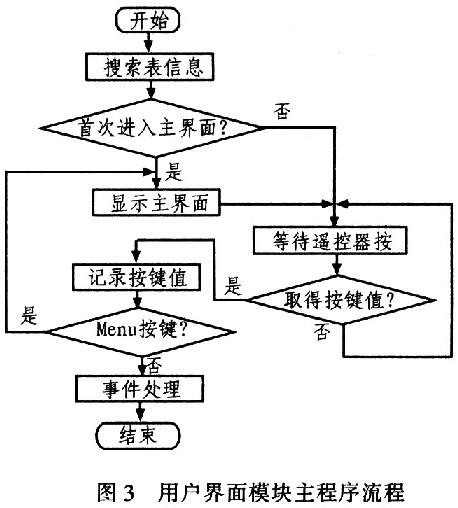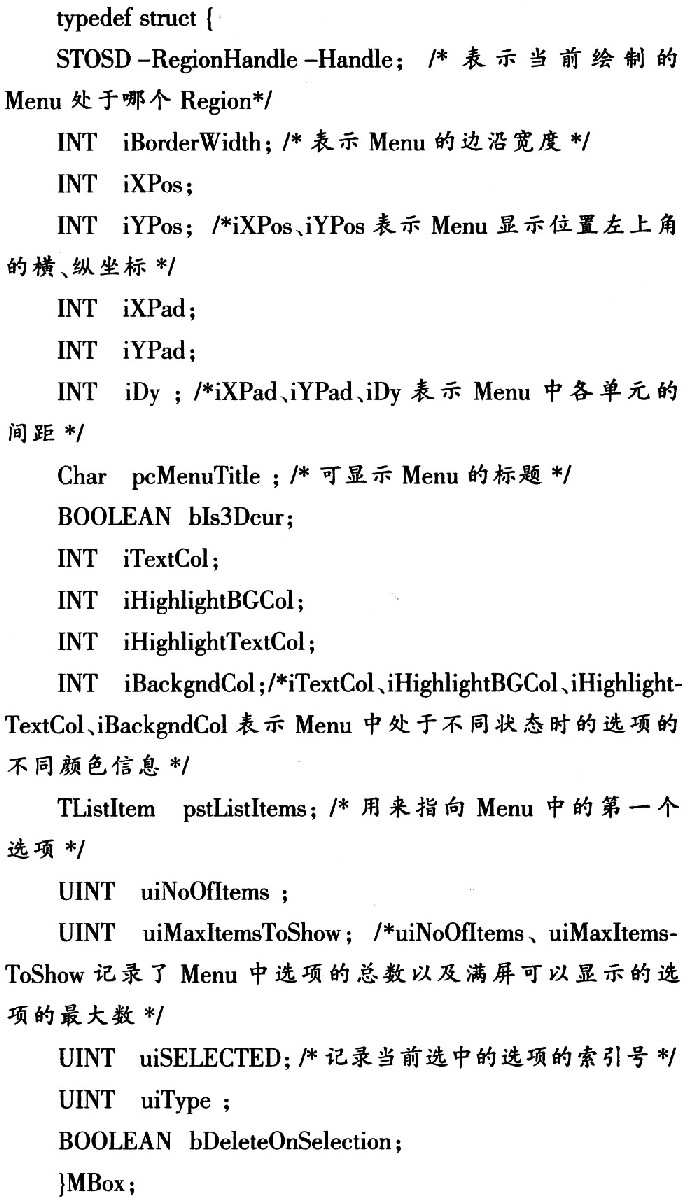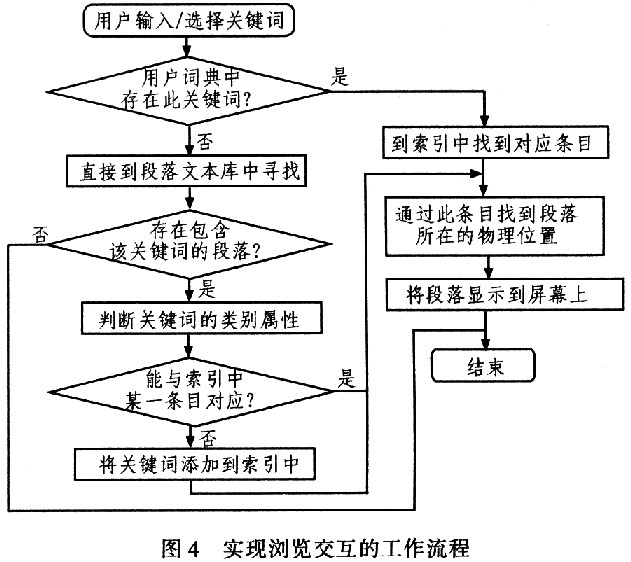With the continuous development of digital TV and communication technologies, users can enjoy the many benefits of digital TV value-added services in addition to more and more TV programs. However, as the overall conversion of digital TV in China has been completed in various cities and towns, digital TV value-added services have not allowed operators to obtain better economic returns, and have not gained a good reputation among the people. Compared with the telecom value-added services that are in full swing, it is even worse. Digital TV users are more popular than computer users. Most digital TV users only have experience in TV usage accumulated in the analog era. They only use the remote control to switch on, change channels and adjust the volume. Therefore, a user-friendly, personalized digital TV should be easy to learn, easy to use, easy to understand, easy to troubleshoot, easy to maintain, and easy to share. Whether the user interface is intuitive, clear, and aesthetically pleasing, and whether the operation is simple and clear is an important consideration for consumers when purchasing digital TV.
1 Personalized digital TV user interface design Digital TV users need to use the user interface to achieve channel selection, volume adjustment, browsing information and many other functions, so the user interface is an important module of software design. In terms of function, it can coordinate and integrate all the functions provided by the system; in terms of appearance, it must provide a simple and clear operation mechanism, so that users can easily call all the functions provided by the system. The function call of the user interface is implemented by the system API, and the design is mainly implemented by the OSD display unit. The user interface consists of two parts: a menu part and a non-menu part, as shown in Figure 1. The various menu sections are functionally independent of each other. The specific functions are as follows:
This article refers to the address: http://

1) Program Guide Menu This menu allows you to know the progress of receiving the program, the name of the program, the number of channels, the number of programs, the channel, the time, etc. It includes four channels: full channel, all weather, full type and four sub-menus.
2) Video on-demand menu This menu allows users to freely order video programs and information in the program library according to their own interests, fully embodying the characteristics of interactive operation.
3) System Settings Menu System settings include sub-menus such as network settings, automatic search, channel sorting, query balance, version information, language selection.
4) TV Info Menu This menu allows the user to browse various information of interest on the TV for personalized browsing.
The above is the function done in the menu section. The non-menu section can be used to switch between program list, mute, volume adjustment, screen still and screen information display. The keyboard, front panel buttons, remote control, OSD screen display, etc. are intuitively felt by the user, and the user input/output interface controller is the part that actually performs the function.
2 Personalized digital TV user interface implementation
2.1 User Interface Implementation The current digital TV terminal is mainly based on digital TV set-top box. This design is based on the single-chip solution based on the highly integrated single-chip decoder STi5518 provided by ST (SGS-THOMSON). Implemented on.

In the system design, user interface creation is achieved by calling functions in the drawing function library. The affiliation between the drawing function libraries is shown in Figure 2. The underlying driver of STOSD contains the most basic functions such as drawing points, lines, and arcs. Advanced OSD library hl_stosd. h contains some advanced drawing functions based on the underlying driver of STOSD, such as font operation function set (hlosd-font module), OSD basic graphics function set (hl_stosd module) and texture (hlosd_bitmap module) function set. The STWTK library is at the top of all drawing functions, and most drawing functions rely on it.
The main feature of this user interface software is modularity. The STWTK library consists of "software elements" of many graphical interfaces. It is the basic element of creating an interface. The software elements provided by the STWTK library mainly have the following four categories:
1) Menu The standard Menu consists of many small units, one small unit representing an optional item. At the same time, Menu should also support the indexing, sorting and deleting of these options.
2) Button (Button) After the structure is called, a graphic similar to "Button" can be displayed on the graphical interface. The "Button" can also visually achieve the effect of pressing or popping up.
3) EntryBox (input text box) After the structure is called, a rectangular box containing user input information (in characters) can be displayed on the graphical interface.
4) Slider The standard slider is composed of a sliding slot and a moving block. The sliding slot determines whether the Slider is horizontal or vertical.
This program uses object-oriented thinking to design the structure of the software. A single "software element" is similar to a class in C++. It has its own characteristics and specialized operations designed according to its characteristics, and each software element includes two parts: data structure and member function. The data structure describes the basic form, characteristics, and functions that the object can do, while the member function describes what the external can do with the object.
2.2 The software implementation of the user interface is available through the above analysis. The main program flow of the user interface application module is shown in Figure 3.

The form and function of the menu are determined by the data structure and member functions of the pre-set software elements, and the display flow of the different menus is the same. Therefore, when the user selects a menu, the menu function can be displayed by calling the member function, and the key value is recorded, and finally the menu function is executed as required. For example, to create a button on the screen, you can first set the following data structure: 
Then properly call STWTK_CreatButton (), STWTK_FreeButton Structure () and other member functions to achieve the goal.
3 Information browsing interaction process in the user interface In addition to providing high-quality digital TV programs to users, personalized digital TV should also have convenient and fast information browsing functions. The information browsing implementation process is: when the user wants to browse a certain information on the television, the corresponding keyword can be selected through the remote controller or through the user interface. At this point, the system first checks the keyword in the user dictionary. If the keyword is already in the user dictionary, the system finds the position of the item related to the keyword in the paragraph text library through the index, and will It is extracted and presented on the display. The user can use the "up" and "down" keys of the remote control to turn the page or scroll it up and down for the user to browse.
If there is no such keyword in the user dictionary, on the one hand, the keyword should be added to the user dictionary; on the other hand, the system goes directly to the paragraph text library to find. If a paragraph contains this keyword, first determine the attribute of the keyword to see if it belongs to an entry in the index tree. If it belongs to an item, it does not need to be re-added in the index, and the relevant content can be directly extracted and displayed. Otherwise, the keyword should be added to the index, and the related content is displayed on the screen for the user to browse. The workflow is shown in Figure 4.

4 Conclusion This article defines the basic software elements and corresponding member functions to design the user interface software, can complete the display of the user interface and other basic functions, so that users can achieve personalized information browsing and interaction by selecting the corresponding keywords. Because the software is composed of functional modules, it is very structural, greatly reducing the workload and complexity, and also facilitating future migration and upgrade.
Vape pens, which are sometimes called e-cigarettes, can seem difficult to understand. There are so many different terms, models and accessories that beginners may not be clear where they need to start.
In simple terms, a vape pen is an electronic device that heats a liquid containing flavouring and nicotine, amongst other ingredients. The resulting vapour is then inhaled by the vaper, and it's through the vapour that the vaper gets the nicotine they want. Unlike traditional cigarettes, no tobacco is burned.
Compact & convenient: Vape pen is a pocket-friendly device that is compact and easier to carry. The Vape pen Disposables offers puffs and is powered by 850mAh built-in battery, and the eliquid pre-filled pod with tasty e-liquid can last for multiple extended vaping sessions. Vape pen vapes are very sleeky, lightweight, and fit in your pocket like a pen.
Delicious nicotine rush: Vape pen comes in 34 versatile flavors, and the varieties can satisfy everyone with an urge for tasty vaping sessions. Besides, Vape pen produces a relatively decent amount of clouds, and the same can help you forget cigarettes altogether. Again, nicotine salts offers the most intense nicotine rush to keep you satisfied.disposable vape,Disposable Vape Pen ,Vape Pen Wholsale
Shenzhen Essenvape Technology Co., Ltd. , https://www.essenvape.com